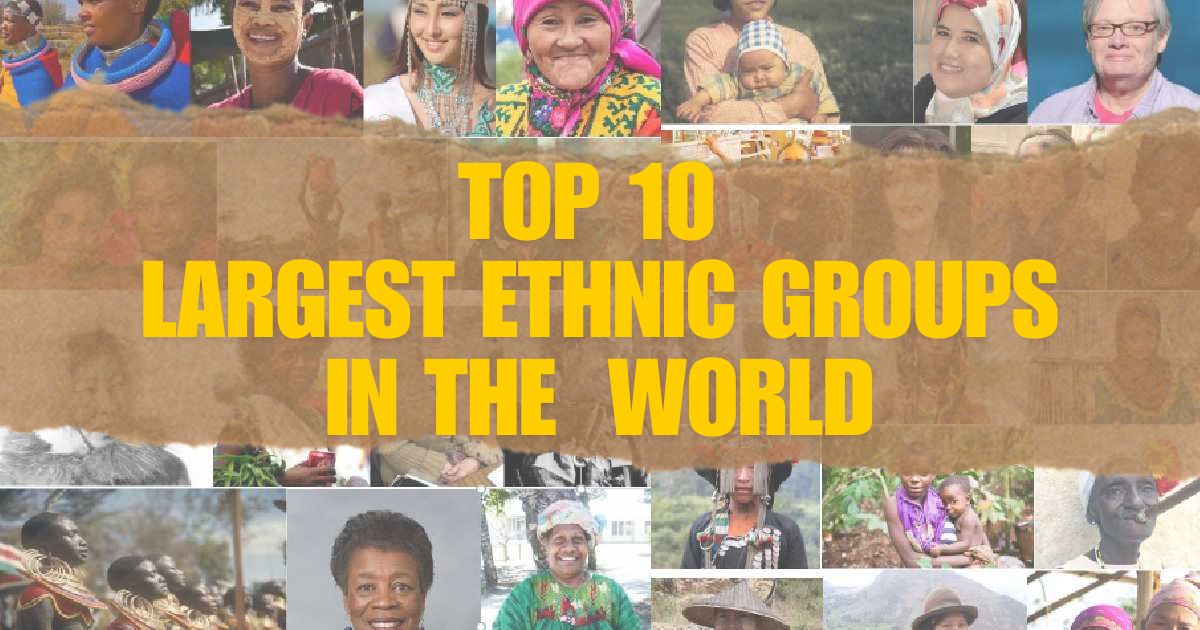Some racial and ethnic groups stand out in the huge mix of people because they are so widespread and have significant impacts on both the local and global levels. Such native population give valuable traditions, various languages, and customs that mold the cultures across which they dwell. The following piece examines the world’s main ethnic groups, emphasizing their distinct traits and contributions to their own countries and on a worldwide scale.
10. Mongols
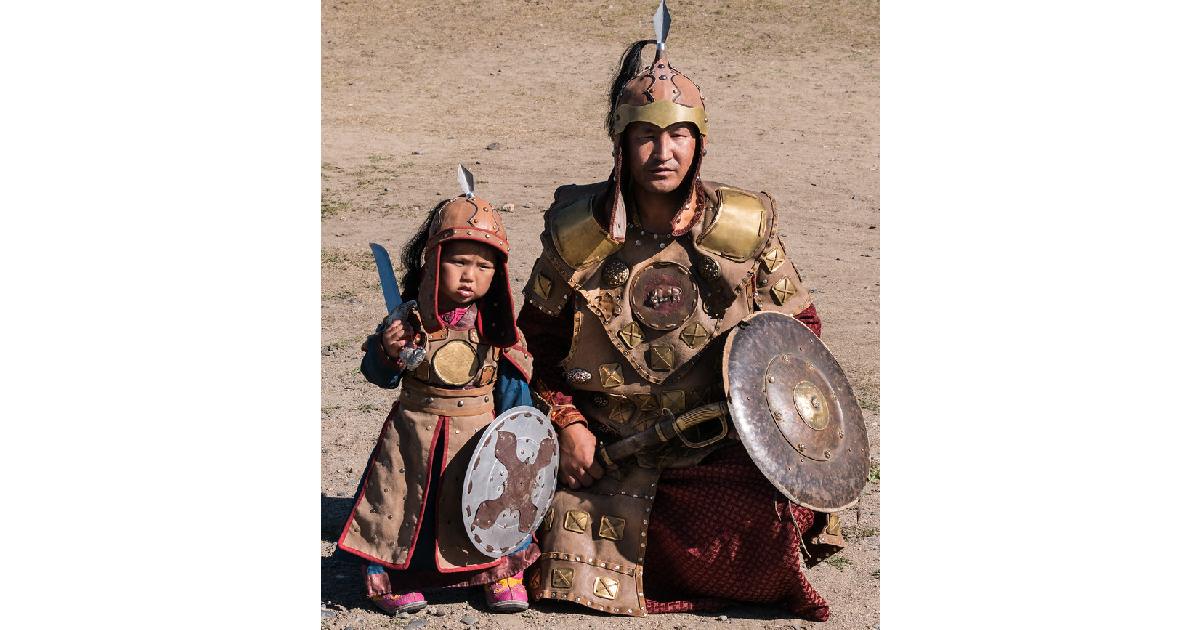
- Population: About 10 million
- Percentage of Total Population: Less than 0.2% of the world’s population
- Key Features: Nomadic traditions
Fewer than other ethnic groups, the Mongols have shaped world history. More specifically, Genghis Khan’s invasions changed Eurasia’s geographical and political environments in the 13th century. In their culture and lifestyle, Mongolians still retain numerous nomadic traditions.
Mongolian ceremonies like the Naadam festival, which involves racing horses, martial arts, and the art of archery are respected worldwide. Modern Mongols mix their rich past with global assimilation. Due to its important location in Asia and abundant resourcefulness, Mongolia has been at the forefront of diplomatic and socioeconomic discussions, underlining the Mongols’ past and importance.
9. Japanese
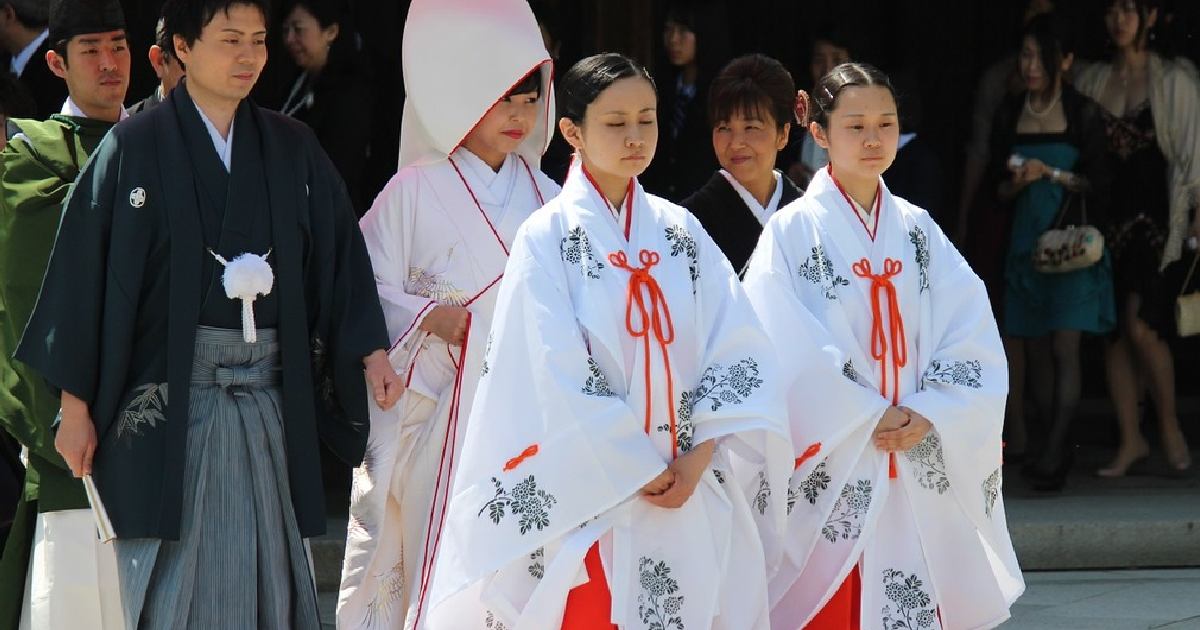
- Population: About 125 million
- Percentage of Total Population: Less than 2% of the world’s population
- Key Features: Homogeneous society, influential global culture
The Japanese people, hailing from a relatively homogeneous island nation, exert a considerable cultural influence across the globe, far disproportionate to their population size. Japan’s contributions to technology, fashion, and entertainment. Particularly through mediums like anime and manga, have garnered a dedicated international following.
Japanese culture, which blends traditional values with modern inventiveness, inspires people globally. Economic prosperity has transformed Japan into a worldwide subject, shaping commercial and technical trends. Products from Japan are admired worldwide for their precise artistry and quantity, boosting the brand’s status.
8. Russians
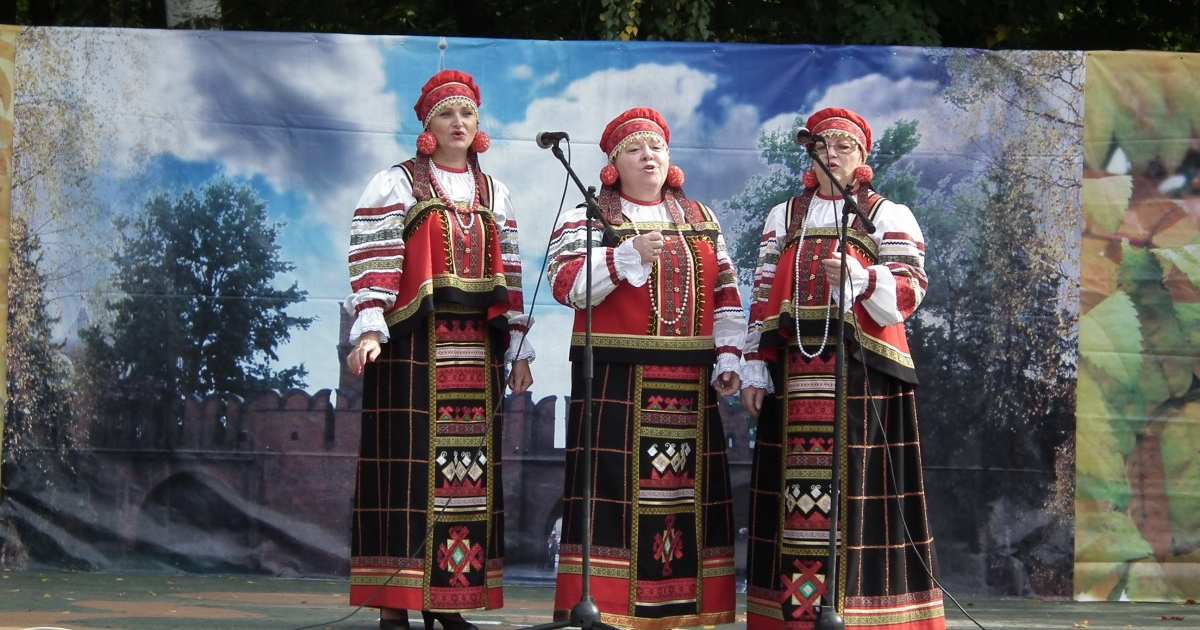
- Population: Approximately 134 million
- Percentage of Total Population: Nearly 2% of the world’s population
- Key Features: Dominant in Russia, significant populations in former Soviet states
Russians make up Russia’s largest ethnic group. An ancient nation that has seen dynasties collapse and rise again, revolts, and massive societal upheavals. It is well known that Russian culture has made important advances in the arts. Tolstoy, Dostoevsky, and Tchaikovsky are recognized worldwide in literary works, dance, and opera.
The Russian language, another pillar of their cultural identity, is one of the most spoken in the world and serves as an important lingua franca in Eastern Europe and Central Asia. Despite the political complexities associated with Russia’s history, the Russian people continue to have a substantial impact on global affairs. Their scientific community has been pivotal in space exploration, nuclear energy, and other high-tech industries, reflecting Russia’s ongoing influence in global scientific and cultural arenas.
7. Bengalis
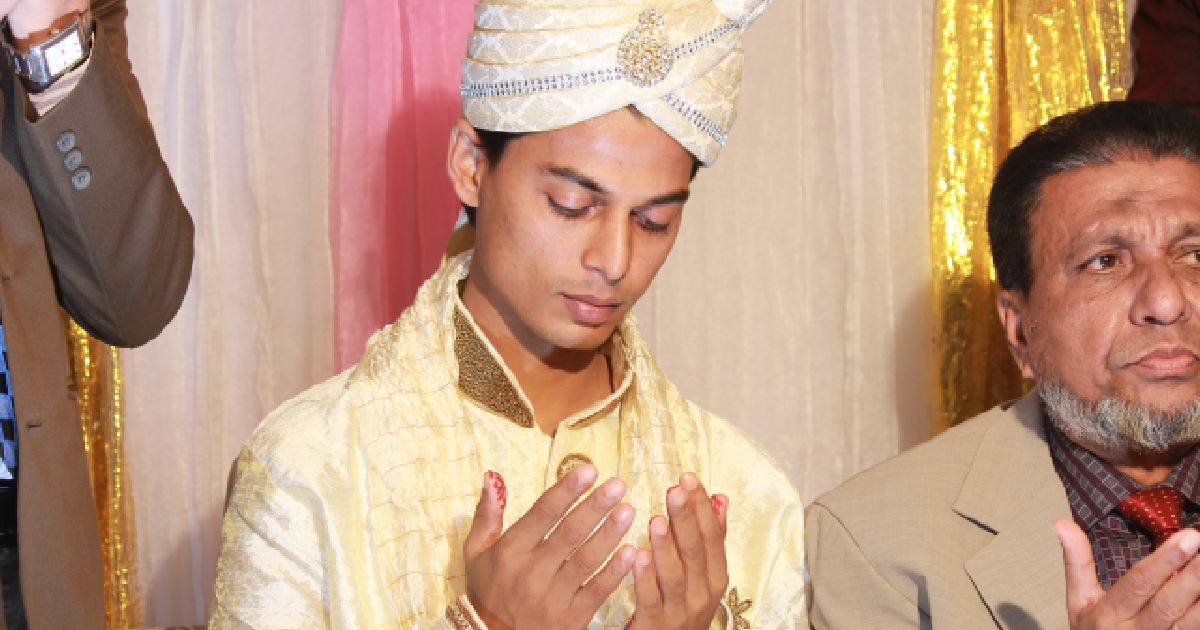
- Population: Approximately 250 million
- Percentage of Total Population: About 3.3% of the world’s population
- Key Features: Predominantly in Bangladesh and the Indian state of West Bengal
The Bengali language and rich culture of literature make Bengalis, who mostly live in Bangladesh and the eastern Indian state of West Bengal, stand out. The Bengali vernacular is an important part of their culture. Famous worldwide authors and artists include Rabindranath Tagore, the first non-European Laureate winner in literature. Bengalis celebrate Durga Puja with intricate ceremonies and art.
In addition to their cultural contributions, Bengalis have a significant presence in global academic, scientific, and business sectors. The migration patterns of Bengalis have led to well-established communities in the Middle East, the United Kingdom, and North America. Furthermore, they continue to influence local and global policies through active participation in socio-economic development.
6. Dravidians
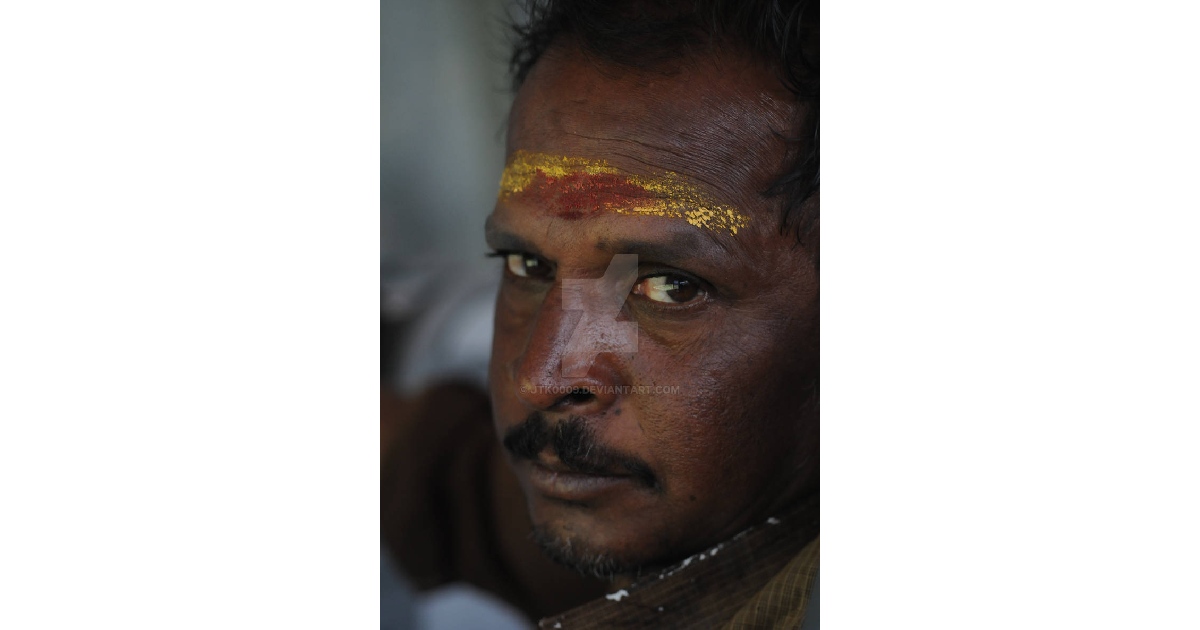
- Population: Approximately 250 million
- Percentage of Total Population: About 3.3% of the world’s population
- Key Features: Predominantly found in South India, distinct languages and cultural practices
Dravidians primarily reside in the southern part of India, encompassing a variety of ethnic groups such as Tamils, Telugus, Kannadigas, and Malayalis. This group is distinguished by its linguistic diversity, including Tamil, Telugu, Kannada, and Malayalam, each with its own rich literary tradition. Dravidian culture is noted for its classical dance forms.
The intricate architecture and spectacular festivities help preserve their old traditions. Dravidian diasporas thrive in Malaysia, Singapore, and the US, contributing to global civilization. They augment local cultures and develop commercial relations, making Dravidians a key historical and economic community in countries across South India.
5. Arabs
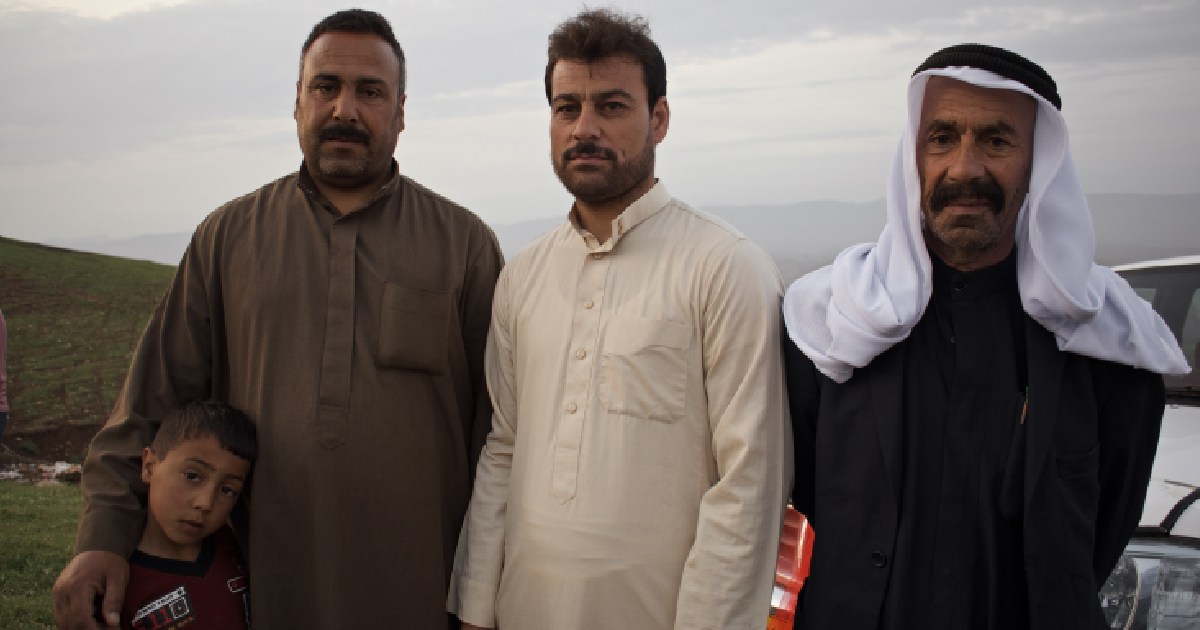
- Population: Approximately 422 million
- Percentage of Total Population: Significant in the Middle East and North Africa
- Key Features: Shared Arabic language, cultural and religious ties predominantly in Islam
The Arab ethnic group, spanning several countries across the Middle East and North Africa, forms a significant part of the region’s demographic landscape. This group is unified primarily through the Arabic language and Islam, which play central roles in cultural and daily life. Arabs have a profound influence on political, cultural, and economic affairs in the Arab world.
A place that is full of heritage and elements of nature. Due to their vast literary, scientific, and philosophical traditions, Arabs have an international reputation. Diasporas have extended Arab culture throughout, fostering intercultural discussions and settlements.
4. Europeans
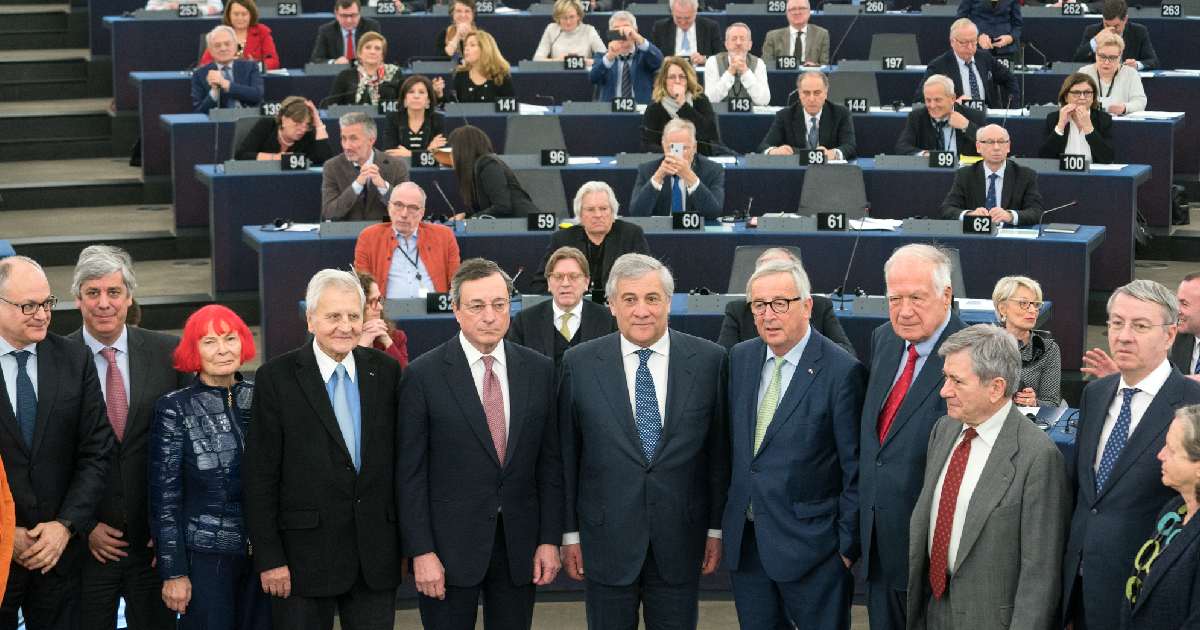
- Population: Over 740 million
- Percentage of Total Population: About 9.8% of the world’s population
- Key Features: Diverse racial group encompassing multiple countries and cultures, significant historical impact
Europeans are a rich patchwork of ethnicities whose languages, ways of life, and customs have shaped world civilization. They were crucial to the Greeks, the Roman Empire, and Westerners of today in shaping Western thought, research, and principles of democracy. Languages like English, Spanish, and French, which are spoken internationally and facilitate worldwide interaction and business, were disseminated by Europeans.
The impact of European exploration, colonization, and cultural exchange has left indelible marks on every continent. Today, the European Union exemplifies regional cooperation, influencing economic and political structures worldwide. Europeans continue to play a significant role in global dialogues on human rights, environmental issues, and economic development, reflecting their continued influence on international stages.
3. Africans
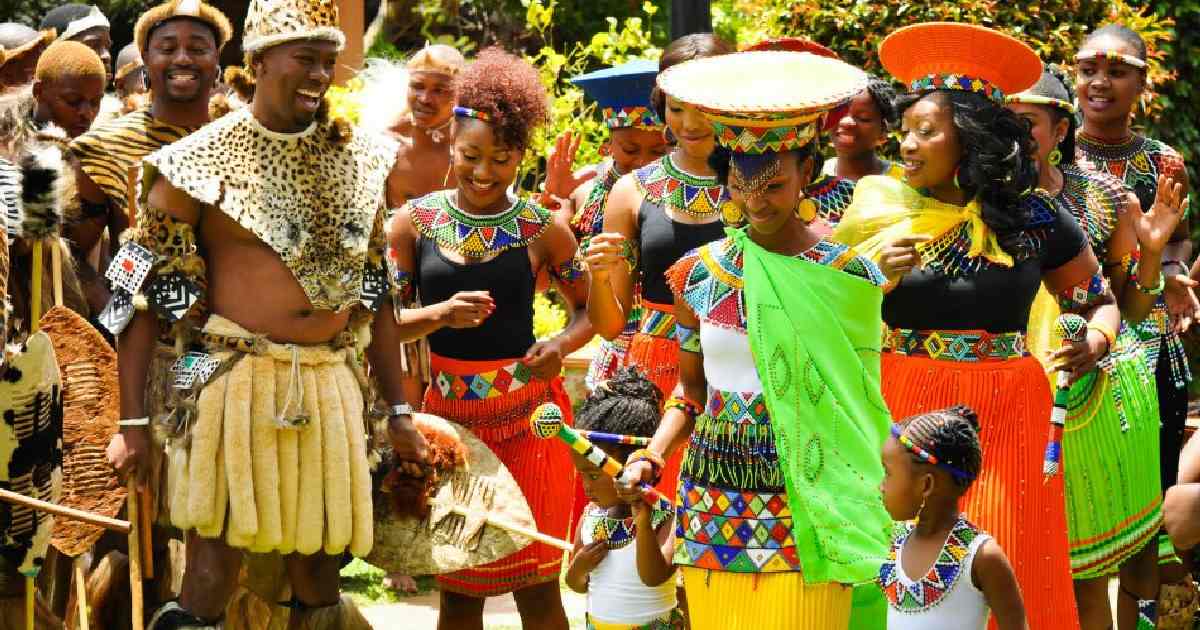
- Population: Over 1 billion across the continent
- Percentage of Total Population: About 15% of the world’s population
- Key Features: Diverse continent consisting of numerous ethnic groups and cultures
A wide range of ethnic groups on the continent are called “Africans” and have their languages, customs, and histories. Diversity is a hallmark of the continent, from South Africa’s Zulu to Nigeria’s Yoruba. During the diaspora, African traditions, songs, dances, and artistry have shaped global society, especially in the Americas.
In many ways, Africans have influenced civilization. Numerous cultures have adopted and incorporated food preparation, musical instruments and fashion. Political, scientific, and artistic accomplishments by Africans drive advances in society and the economy on African soil as well as worldwide.
2. Indo-Aryans
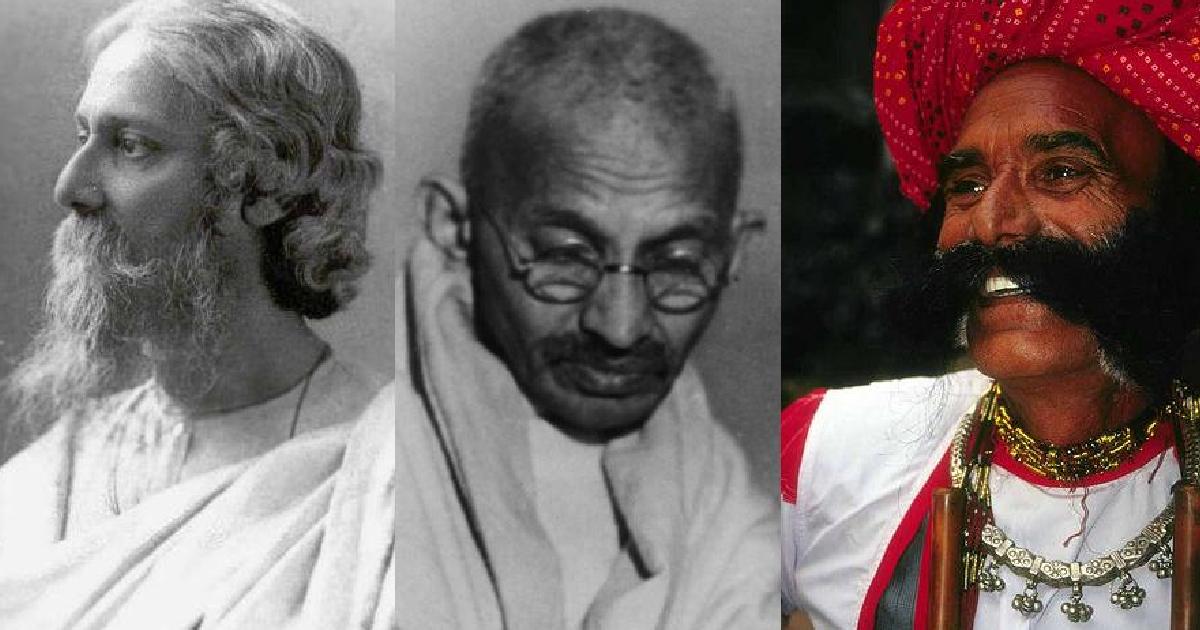
- Population: Over 1 billion
- Percentage of Total Population: About 13.5% of the world’s population
- Key Features: Predominantly in North India, diverse religious practices
The Indo-Aryans form the majority population in North India. They profoundly influence the country’s culture, language, and religious life. This group includes ethnicities such as Punjabis, Gujaratis, Bengalis, and Marathis, each contributing to the region’s diversity.
Hindi is the most widely utilized language in India and one of the oldest languages worldwide. Throughout the Vedic period to the present, Indo-Aryans have shaped India’s long history Major contributions to India’s artistic endeavors, music, writing, and politics illustrate how important they were to be viewed as one of the the planet’s largest and most active democracies.
1. Han Chinese
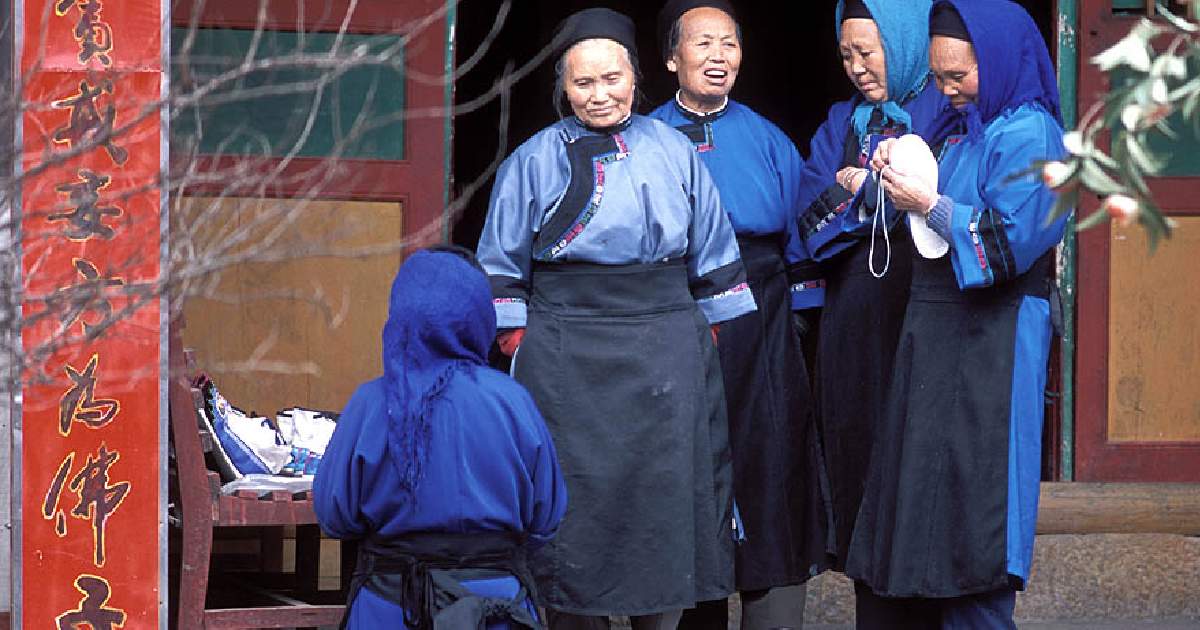
- Population: Over 1.3 billion
- Percentage of Total Population: About 18% of the world’s population
- Key Features: Predominant in China, significant diaspora worldwide
The Han Chinese are not only the largest ethnic group in China but also the most populous in the world. Making up a vast majority of China’s population, they play a decisive role in shaping the social, cultural, and political fabric of the country. The Han influence is evident in everything from culinary traditions to the arts, underpinning much of what is seen as quintessentially Chinese culture.
In global population, the Han Chinese diaspora has established vibrant communities in countries. It includes the United States, Canada, and Australia. This spread has facilitated a cultural exchange, introducing aspects of Han culture, such as cuisine, festivals, and martial arts, to a global audience, thereby enriching the multicultural landscapes of many nations.
Conclusion
Exploring the world’s largest ethnic groups reveals not just the vast numbers that characterize these indigenous peoples but also the profound impact they have on our global society. Each group through the census bureau, with its unique culture, traditions, and history, contributes to the rich tapestry of human civilization. As we celebrate this diversity, we gain a deeper appreciation for the common humanity that binds us all, transcending geographical and cultural boundaries to unite us in our shared human experience.
Frequently Asked Questions (FAQs)
What is the second-largest ethnic group?
The second-largest ethnic group in the world is the Indo-Aryans. Predominantly found in northern India and parts of Pakistan and Bangladesh, they have a profound influence on the region’s culture and religion, significantly shaping the South Asian cultural landscape.
What is the largest ethnic group today?
The Han Chinese which also means one ethnic group are the largest ethnic group today, making up a significant portion of China’s population. They have played a crucial role in developing Chinese civilization and continue to influence modern Chinese society profoundly.
Who has the most ethnic groups in the world?
Indonesia is known for having the most ethnic groups in the world, with over 1,300 distinct ethnic minorities living within its borders. This diversity makes Indonesia one of the most culturally varied countries globally.
What is the largest ethnic group in the world without a country?
The Kurds are the largest ethnic group in the world without a sovereign country. Predominantly residing in regions of Iran, Iraq, Syria, and Turkey, the Kurds have long sought national sovereignty but remain divided among several countries.
Which is the largest ethnic group?
The Han Chinese are the largest groups of ethnic people in the world. They represent the majority of China’s population and have a significant impact on the country’s culture, history, and development.

